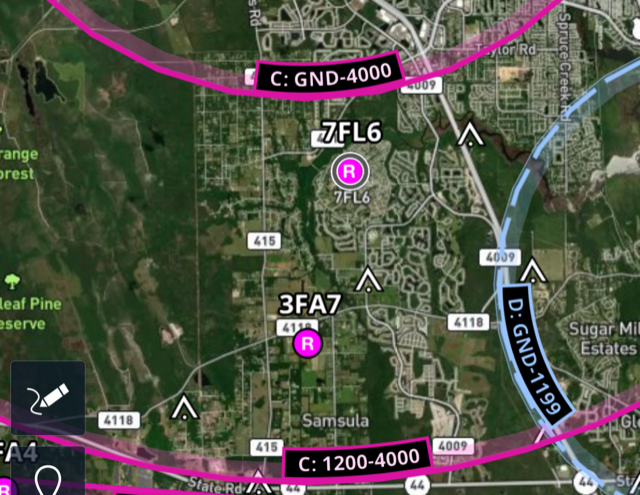kicktireslightfires
Pre-takeoff checklist
- Joined
- Jun 11, 2020
- Messages
- 343
- Display Name
Display name:
kicktireslightfires
Hey guys, so how do you overfly an airfield that’s under a low shelf? For example, Spruce Creek (7FL6) is under a Charlie. TPA is 1,000 feet. But the Charlie starts at 1,200. So at what altitude could one safely overfly to cross midfield and teardrop into the 45 downwind, or even just overfly to check the windsock. I’ve been taught you want to overfly midfield anywhere from 500’ to 1,000’ above TPA — usually 1,000’ above TPA, unless there are clouds preventing that. So how do you safely overfly when a Charlie or Bravo shelf is just above the TPA?




